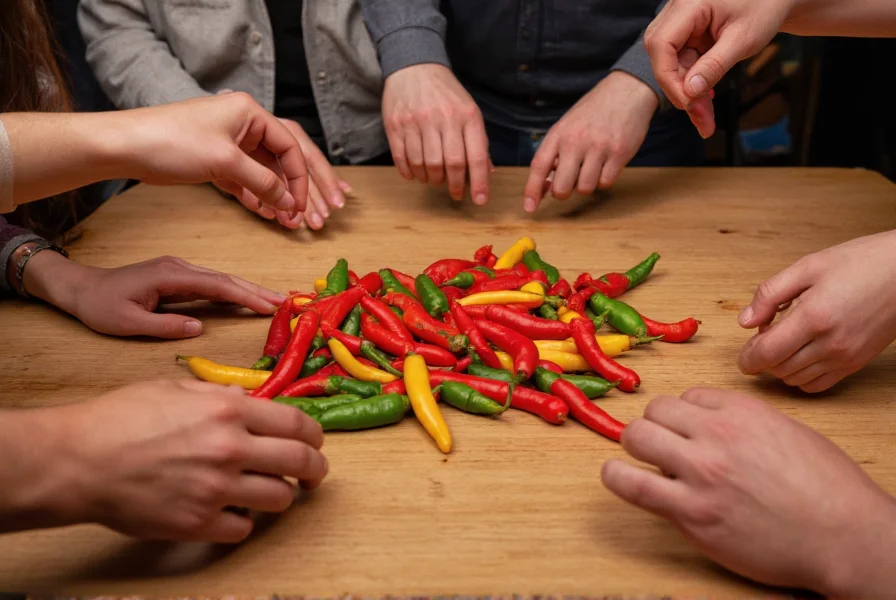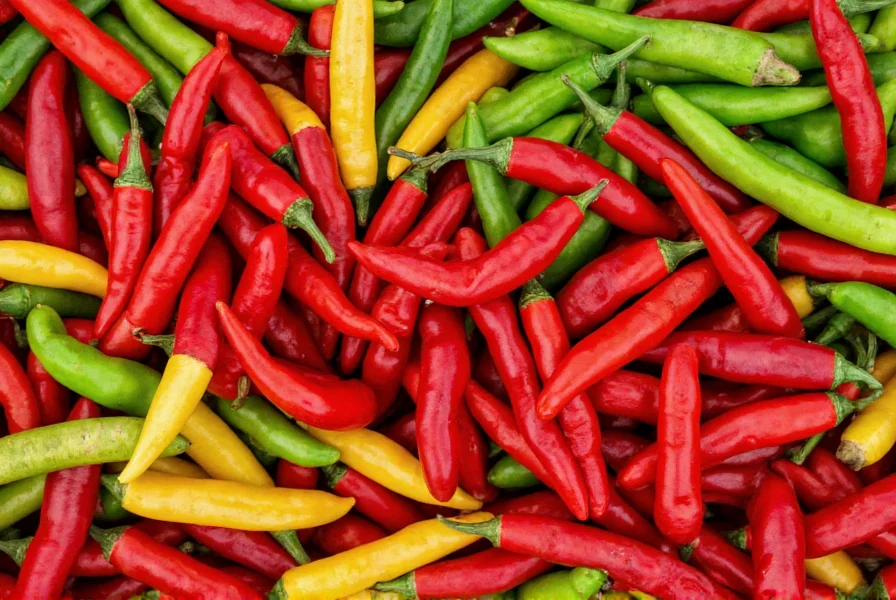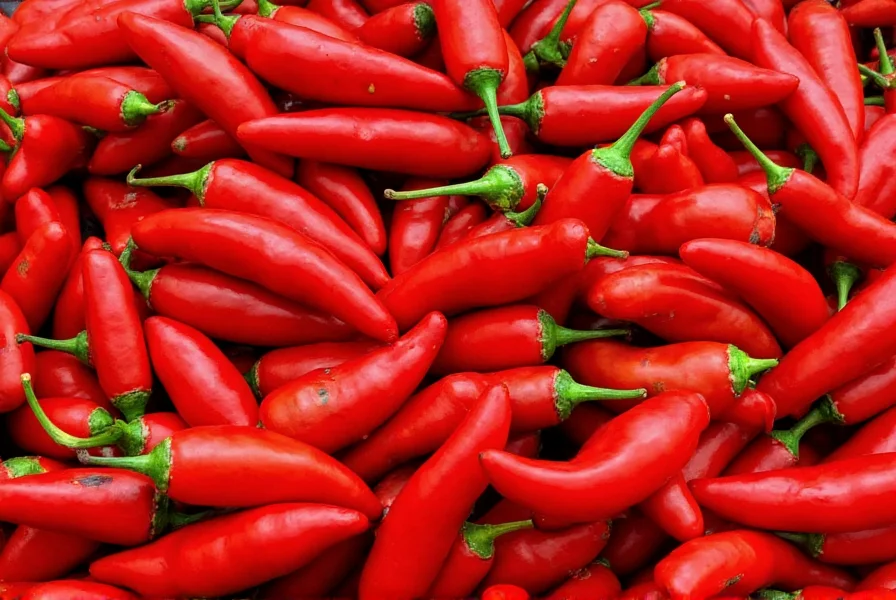The chili pepper game has gained widespread popularity as a social challenge that tests participants' tolerance for capsaicin, the compound that gives peppers their heat. This interactive activity combines elements of friendly competition, cultural tradition, and sensory exploration, making it a staple at gatherings worldwide. Understanding how to play the chili pepper game safely while respecting individual limits is crucial for an enjoyable experience.
Origins and Cultural Significance
While modern iterations of the chili pepper challenge have gone viral through social media, the practice of consuming spicy peppers has deep roots in various cultures. In regions like Mexico, India, and Thailand, spicy food challenges have been part of culinary traditions for centuries, often associated with festivals and rites of passage. The contemporary version of the chili pepper game typically involves participants sampling peppers from mild to extremely hot varieties in a structured sequence.
Standard Rules for Playing the Chili Pepper Game
Successful execution of the chili pepper game requires clear guidelines that ensure fairness and safety. The following structure represents the most common approach to organizing this challenge:
| Round | Pepper Type | Scoville Heat Units | Required Action |
|---|---|---|---|
| 1 | Bell Pepper | 0 SHU | Eat one slice |
| 2 | Jalapeño | 2,500-8,000 SHU | Consume half pepper |
| 3 | Serrano | 10,000-23,000 SHU | Eat one whole pepper |
| 4 | Habanero | 100,000-350,000 SHU | Take one bite |
| 5 | Ghost Pepper | 855,000-1,041,427 SHU | Lick the surface |
Each participant must complete their required action within 60 seconds before the next round begins. The last person remaining who completes all challenges without drinking water or showing signs of distress typically wins. Many groups establish a 'safe word' system allowing players to退出 gracefully if discomfort becomes too intense.
Essential Safety Considerations for the Spicy Pepper Challenge
When organizing how to play chili pepper game events, safety must be the top priority. Capsaicin exposure can cause significant discomfort and, in rare cases, medical complications. Consider these critical precautions:
- Never force participants to continue if they show signs of distress
- Have dairy products (milk, yogurt) readily available as they neutralize capsaicin better than water
- Avoid extremely hot peppers like Carolina Reapers with inexperienced players
- Ensure all participants disclose any medical conditions beforehand
- Never combine alcohol consumption with the chili pepper challenge
- Provide adequate time between rounds for recovery
Medical professionals warn that consuming extremely hot peppers can trigger severe reactions in susceptible individuals, including stomach pain, vomiting, and in rare cases, more serious complications. The chili pepper game safety tips above help minimize these risks while maintaining the fun element of the challenge.
Popular Variations of the Spicy Pepper Game
Communities worldwide have developed creative adaptations of the traditional chili pepper challenge rules. Some notable variations include:
The Progressive Heat Challenge - Players select their own peppers from a arranged selection, advancing only when they feel ready for the next level. This version of how to play chili pepper game emphasizes personal pacing over competition.
Culinary Integration Challenge - Instead of eating raw peppers, participants incorporate them into dishes, testing both cooking skills and heat tolerance. This approach to chili pepper game variations makes the experience more about culinary exploration than pure endurance.
Blind Taste Test Format - Peppers are incorporated into identical-looking foods, requiring players to identify the heat level without knowing which pepper they're consuming. This variation of the spicy pepper challenge rules adds an element of surprise while reducing psychological anticipation effects.

Hosting a Successful Chili Pepper Game Event
Creating a memorable chili pepper challenge experience requires thoughtful preparation. Start by selecting an appropriate venue with good ventilation, as capsaicin can become airborne during preparation. Provide multiple cooling options beyond just water - dairy products, starchy foods like bread, and even sugar can help alleviate burning sensations.
Consider implementing a tiered participation system where players can choose their comfort level. Some might prefer to start at round 2 or 3 rather than the beginning. Documenting the event through photos or video can enhance the experience, but always obtain consent from participants beforehand.
When planning your spicy pepper game variations, remember that the goal should be shared enjoyment rather than extreme discomfort. The most successful events focus on community building and cultural appreciation rather than pure endurance testing.

Responsible Gaming Practices
The growing popularity of the chili pepper challenge rules has led to concerning trends where participants push beyond safe limits for social media recognition. Responsible hosting means establishing clear boundaries, monitoring participants closely, and being prepared to stop the game if anyone shows signs of distress.
Educating players about what to expect at each heat level helps manage anxiety and prevents panic reactions. Understanding that individual tolerance varies significantly based on genetics, previous exposure, and even current health status is crucial for fair play. The true spirit of the chili pepper game lies in shared experience and cultural appreciation, not in causing unnecessary suffering.
Frequently Asked Questions
What is the safest way to play the chili pepper game?
The safest approach involves starting with mild peppers, having dairy products available for cooling, establishing clear exit options, avoiding extremely hot varieties like Carolina Reapers with inexperienced players, and never forcing participants to continue if they show signs of distress. Always disclose any medical conditions beforehand and provide adequate recovery time between rounds.
How do you recover after eating a very spicy pepper?
Dairy products like milk or yogurt are most effective for neutralizing capsaicin, the compound that causes heat in peppers. Starchy foods like bread can also help absorb the oil, and sugar may provide some relief. Avoid drinking large amounts of water, which can spread the capsaicin. For skin contact, use oil-based cleansers rather than water.
What are common mistakes when organizing a chili pepper challenge?
Common mistakes include forcing participants to continue beyond their limits, not having appropriate cooling agents available, using extremely hot peppers with inexperienced players, combining the challenge with alcohol consumption, and failing to consider individual health conditions. Another error is focusing solely on competition rather than shared experience and safety.
Can children participate in the chili pepper game?
Children should generally avoid participating in traditional chili pepper challenges due to their developing tolerance and potential for more intense reactions. If involving younger participants, use extremely mild peppers only, ensure adult supervision, keep sessions very brief, and focus on educational aspects about different pepper varieties rather than heat testing.
What are the health risks associated with the chili pepper challenge?
Potential risks include severe stomach pain, vomiting, temporary breathing difficulties, and in rare cases, more serious complications like gastric distress or allergic reactions. Individuals with certain medical conditions like IBS, ulcers, or respiratory issues should avoid the challenge. Extremely hot peppers consumed rapidly can cause significant discomfort that may require medical attention.











 浙公网安备
33010002000092号
浙公网安备
33010002000092号 浙B2-20120091-4
浙B2-20120091-4